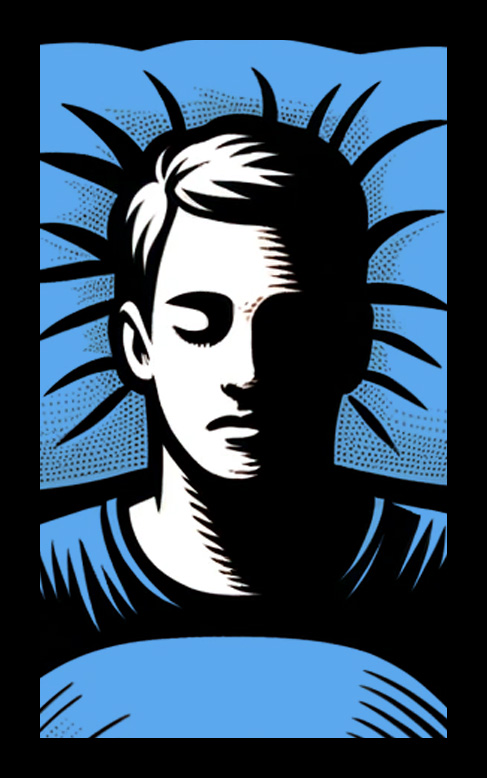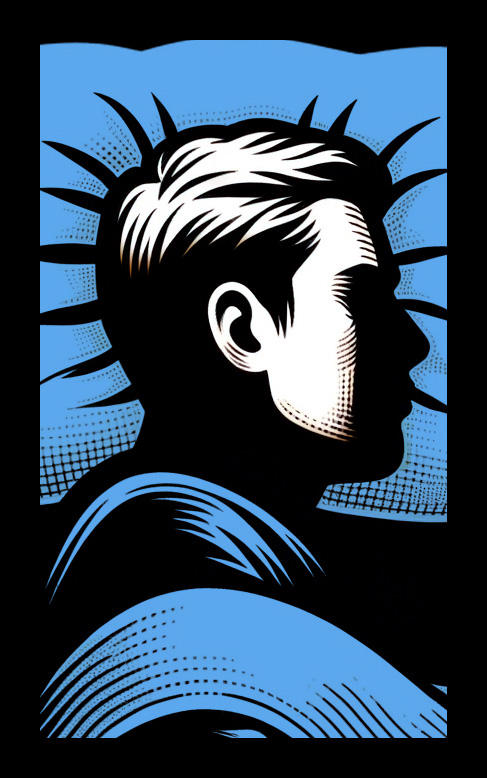Positional Therapy FAQ
What is positional therapy?
Positional therapy is a behavioral sleep strategy that involves encouraging patients to sleep on their side or stomach instead of their backs. Clinical studies have revealed benefits of using positional therapy for various medical conditions/diseases.
On your back in deep sleep, your tongue and soft palate can collapse


On your side, your airway remains open
How does positional therapy reduce obstructive sleep apnea (OSA)
Most people with OSA will receive a significant reduction in apnea events by not sleeping on their back
- When transitioning into a deep sleep, your tongue and soft-palate relax
- With gravity, your tongue and soft palate fall into your airway
- This obstructs air from getting to your lungs, causing suffocation while you sleep
- By sleeping on your side and staying off your back, this blockage can be avoided and you can breathe more clearly
What conditions and diseases does positional therapy help treat?
| Obstructive Sleep Apnea (OSA) | "Conclusion: An approximate 56% of patients with OSA have position-dependent OSA commonly defined as a difference of 50% or more in apnea index between supine and non-supine positions...A great deal is to be gained from treating patients with POSA (positional obstructive sleep apnea) with PT (positional therapy)." |
| Central Sleep Apnea (CSA) | "Conclusion: SPT (sleep positonal therapy) in PCSA (positional central sleep apnea) is efficacious and can be considered as a new treatment modality." |
| Snoring | "In conclusion, the results of our short-term study demonstrated that the use of a HPP (head positioning pillow) significantly reduced the subjective and objective severity of snoring in adult patients with mild-to-moderate positional OSAS, with an acceptable safety profile. Positional therapy was associated with subjective improvements of snoring regardless of BMI." |
| Neurodegenerative Diseases | "Conclusions: We found that home supine sleep position was independently associated with neurodegenerative disease. Our findings suggest the intriguing possibility that head position during sleep could influence the clearance of neurotoxic proteins from the brain." |
| Gastroesophageal Reflux Disease (GERD) | "Conclusion: Current evidence suggests that sleeping on the left side could reduce nocturnal reflux and improve GERD-related quality of life, therefore warranting interventions that promote LLD (left lateral decubitus) sleep position." |
| Chronic Obstructive Pulmonary Disease (COPD) | "The supine posture is mechanically disadvantageous to pulmonary mechanics in healthy subjects and has additional implications in COPD..." "Sleep imposes additional burdens to the respiratory muscle pump, driven by changes in respiratory muscle tone, neural respiratory drive and consequences of the supine position." |
| Late Stage Pregnancy | "Conclusions: Results provide preliminary evidence that an intervention to reduce supine sleep in late pregnancy may provide maternal and fetal health benefits, with minimal effect on maternal perception of sleep quality and objectively estimated sleep time." |
| Benign Paroxysmal Positional Vertigo (BPPV) | "Our study demonstrated that sleep position after a repositioning maneuver has statistically significant impact on the recurrence rate of BPPV. The patients sleeping on their affected side after the repositioning maneuver had a higher recurrence rate than patients with other sleep positions." |
Who recommends positional therapy?
Most hospitals and sleep specialist recommend positional therapy as a 1st tier treatment for obstructive sleep apnea.
-Tiny.png)